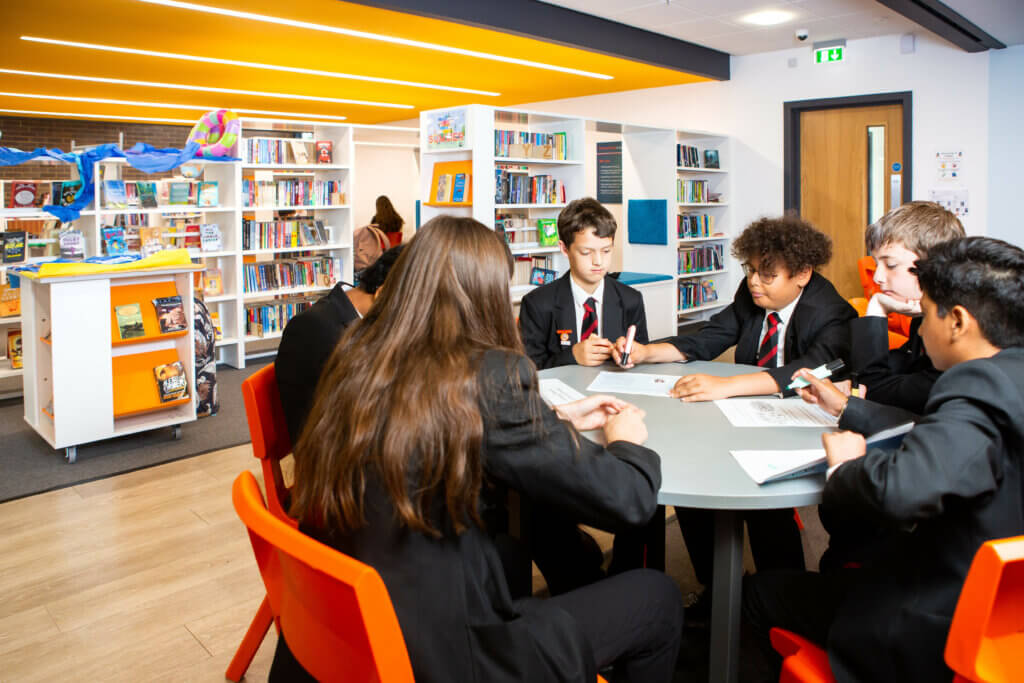A new report from the National Literacy Trust looked into young people’s attitudes to fake news, highlighting the way they receive news, if they can spot fake news and the impact that this has on their wellbeing. In this blog we look at this research and also highlight some resources available to help teach about fake news.
2% of children can tell if a news story is real or fake
In a fake news quiz with over 2,000 young people less than 2% could identify all of the stories which were fake news. The report also found that 49% of young people are worried about not being able to spot fake news, both online and offline.
Almost half of older children get their news from online sources, with a vast majority using social media as a source of information. 49% of young people said that their main source of news was from the social media app Snapchat, in which a lot of news providers display their stories on the apps ‘discover’ page.
In response to seeing fake news young people said that they were more likely to talk to their family (29%) or friends (23%) about fake news rather than going to their teachers (6.4%) for advice or guidance about what they have seen.
98% of Teachers feel a responsibility
The research found that 98% of teachers believe that they have the greatest responsibility for helping a child develop their digital literacy, however 35% of teachers found that critical literacy skills taught in schools are not transferable to the real world.
At Childnet we have created some fake news and critical thinking resources to help you teach about these issues in a way that is applicable to the real world situations that young people may face in their online and offline lives.
- Trust me
Trust Me is designed to support teachers in exploring critical thinking online. - The main aim of this resource is to educate young people aged 9 to 14 around inaccurate and pervasive information that they might come across online. This resource is intended to stimulate and facilitate discussions around online risk.
- We have also produced a set of teachers guidance which contains the appropriate background documents for schools and additional content to help you to deliver this resource to pupils. It will give you an overview of the relevant laws online and definitions to support you in answering any questions which may arise during these sessions.
- Fake News: 4 quick checks
We’ve put together a few quick tips for young people to help them distinguish between fact and fiction when reading articles online
Resources from others:
- Resources from the National Literacy Trust
As part of the media literacy trusts work in creating this research they also created resources for primary and secondary schools, as well as parents and carers. These resources are designed to help primary and secondary teachers, parents and school librarians equip children with the critical literacy skills they need to survive and thrive in today’s digital world.
- BBC school report resources
BBC school report has a range of resources looking at real news, knowing who to trust and an interactive game where students can check their fake news spotting skills.


